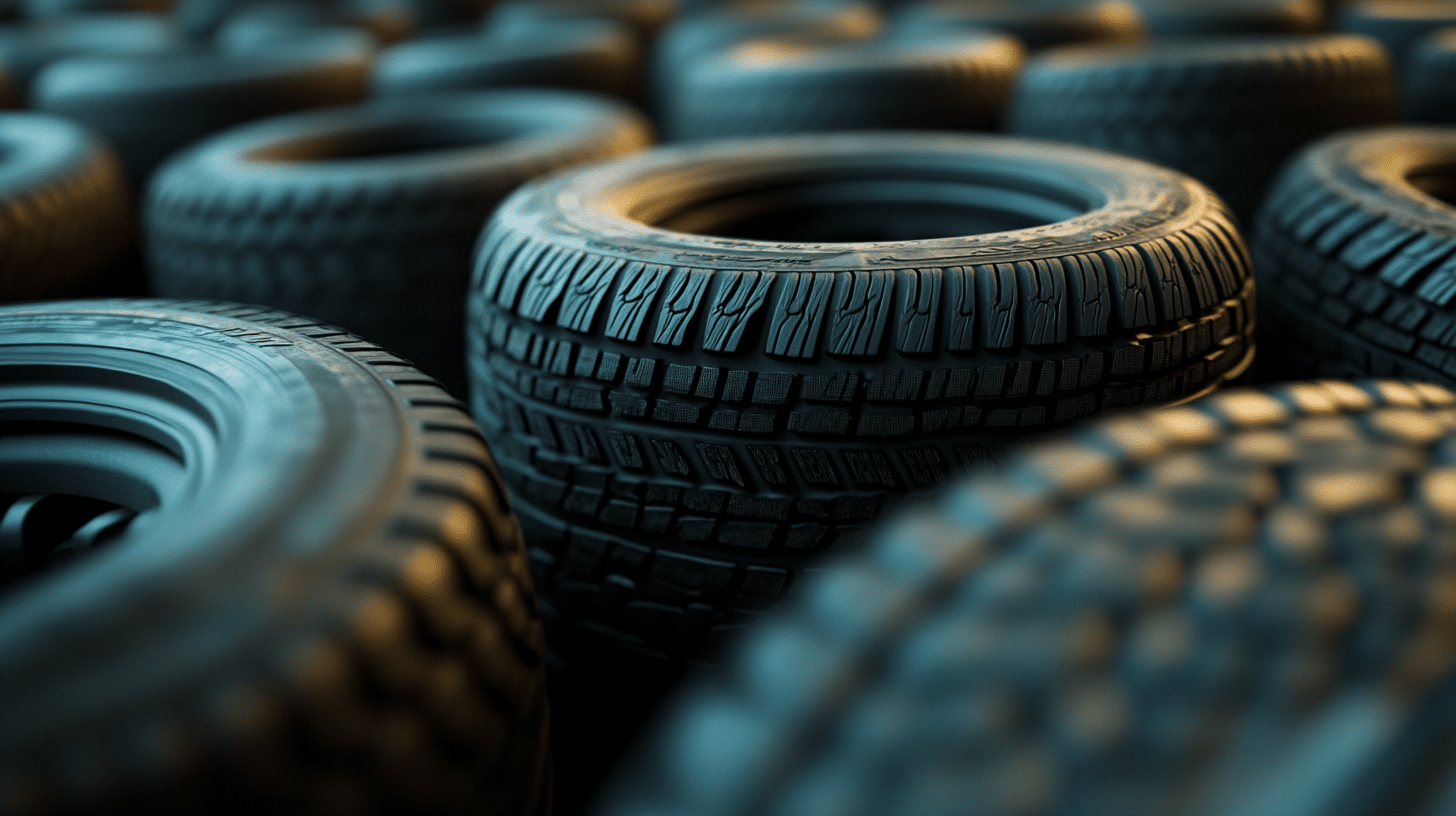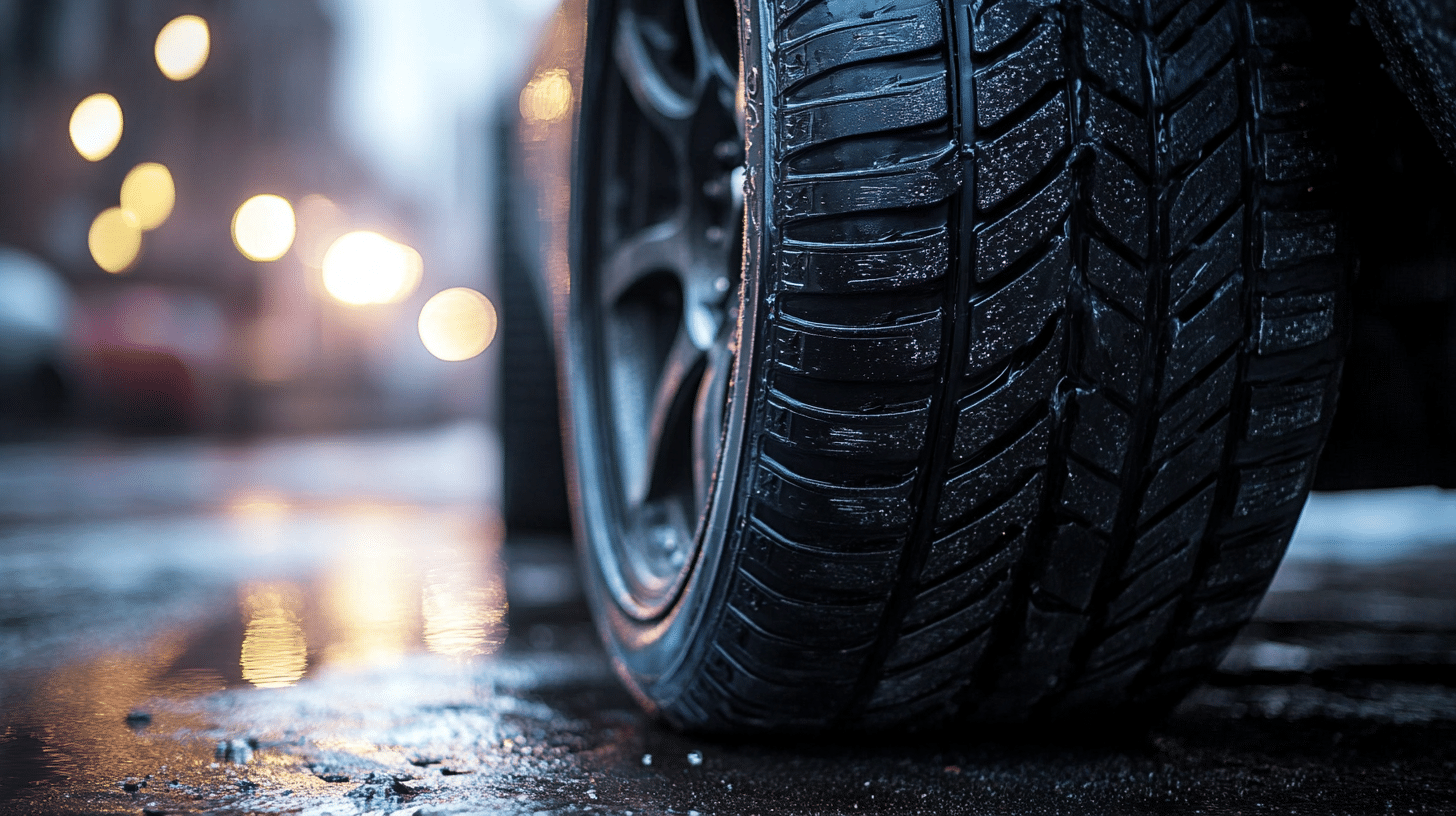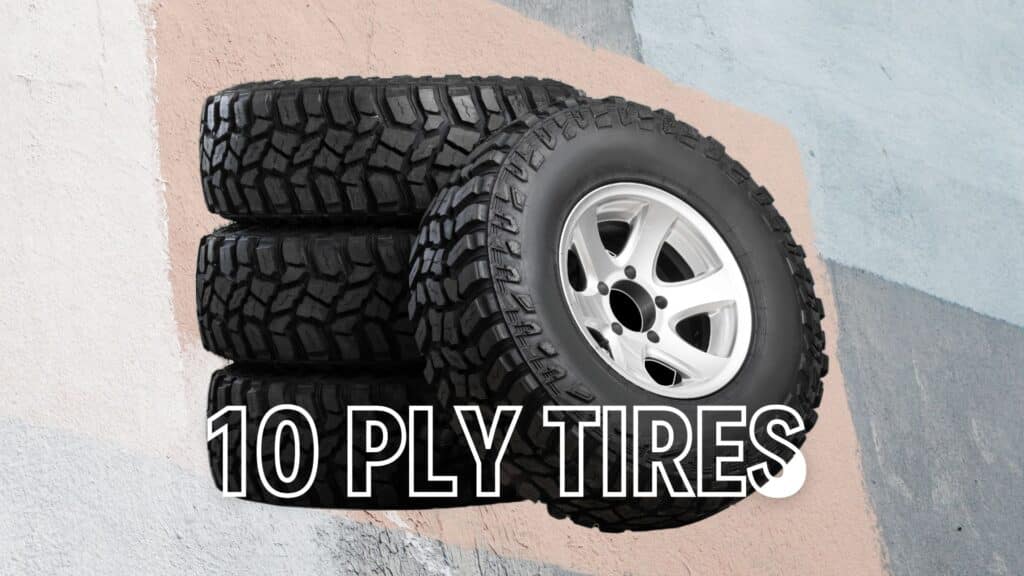Truck owners often face tough choices when it comes to tires. Finding the right balance between durability and performance can be tricky.
That’s where 10-ply tires come in, offering a solution for those who need extra strength and load capacity.
We know choosing the right tires matters. That’s why we’ve put together this guide to help you understand 10-ply tires inside and out.
We’ll break down what makes these tires special, explore their pros and cons, and help you decide if they fit your vehicle.
In this article, we’ll cover:
- What are 10-ply tires, and how do they work
- The benefits and drawbacks of using them
- How they compare to other tire options
- Tips for choosing the best 10-ply tires for your needs
Let’s dig into the world of 10-ply tires and determine if they’re right for you.
What Are 10-Ply Tires?
10-ply tires get their name from the number of layers used in their construction. Originally, these tires had ten layers of material.
This design is based on the old bias-ply method, in which each layer was placed at an angle to the tread.
Bias-ply tires were tough but not very comfy. They were the go-to choice before radial tires came along.
Radial tires changed everything by lining up the layers straight across, making rides smoother and more fuel-efficient.
Even though we’ve moved on from bias-ply tires, people still use the term “10-ply” to describe strong tires.
Today’s tires often use fewer layers but are as tough, thanks to better materials and new manufacturing methods.
Modern Equivalent Of 10-Ply Tires

Tire makers can build super strong tires without needing all ten layers. They use clever designs and tough materials to make tires that can handle heavy loads with fewer plies.
When you hear “10-ply” now, it usually means a tire with a Load Range E rating.
This rating tells you how much weight the tire can safely carry. It’s important for trucks and SUVs that pull trailers or carry much stuff.
Load Range E tires might not have ten layers, but they’re made to be just as strong as the old 10-ply tires, if not stronger. They use steel belts and extra-tough sidewalls to get the job done.
When picking tires, look at the Load Range rating instead of counting plies. It’ll give you a better idea of how the tire will work.
Advantages of 10-Ply Tires

1. Durability
10-ply tires are built to last. Their strong structure helps them stand up to rough roads and sharp objects. These tires are less likely to get punctures or damage from everyday use.
This means you can drive with more peace of mind, knowing your tires are tough enough to handle various road conditions.
2. Increased Load Capacity
One of the biggest perks of 10-ply tires is their ability to handle much weight. They’re great for trucks and SUVs that often carry heavy loads or pull trailers.
If you like to go off-road, these tires are perfect. They can support the weight of extra gear and equipment without sweat.
For those who modify their vehicles with heavy parts, 10-ply tires are a smart choice. They can handle the added weight of steel bumpers or winches without losing performance.
3. Improved Stability
The stiff sidewalls of 10-ply tires greatly enhance stability. This is especially true when driving fast or in windy conditions. The tires don’t flex much, so your vehicle stays more planted on the road.
For drivers who tow trailers, this extra stability is a game-changer. It helps reduce swaying, making your ride safer and more comfortable.
Even if you’re cruising down the highway, you’ll notice better control and a more solid feel on the road.
Drawbacks of 10-Ply Tires
1. Stiff Ride
While 10-ply tires excel in toughness, they can make your drive less comfy. The same firm build that helps them carry heavy loads can make for a bumpy ride.
On smooth roads, you might feel more vibrations and jolts. This can be tiring on long trips or daily commutes.
For folks who mostly drive on city streets or highways, the stiff ride might be more than they bargained for. It’s like trading a soft couch for a wooden bench—great for support but not relaxing.
2. Higher Cost
Buying 10-ply tires often means spending more money upfront. They cost more because they use top-notch materials and take more work. While they may last longer, the initial price tag can shock some buyers.
Think of it like buying a heavy-duty tool instead of a regular one. It’s built to handle tougher jobs, but you pay extra for that ability.
This higher cost might not make sense for drivers who don’t need the extra strength.
3. Fuel Efficiency
10-ply tires can be thirsty. Their weight and stiffness mean your engine has to work harder to get and keep the wheels turning. This extra effort uses more gas, which can hit your wallet at the pump.
It’s like wearing heavy boots instead of sneakers – you use more energy to move.
Over time, this drop in fuel economy can add up, especially for those who drive long distances regularly. Drivers looking to save on gas might think twice before choosing these sturdy tires.
10 Ply vs Other Ply Tires
| Feature | 8-Ply Tires | 10-Ply Tires | 12-Ply Tires |
|---|---|---|---|
| Load Capacity | Moderate load capacity, suitable for lighter trucks and SUVs. | High load capacity, ideal for heavy-duty trucks, SUVs, and towing. | Maximum load capacity, best for commercial vehicles and heavy trailers. |
| Durability | Less durable, better suited for standard road conditions. | High durability with reinforced sidewalls, suitable for rough terrains and off-road use. | Extremely durable, designed for the most demanding environments and heavy loads. |
| Ride Comfort | Softer ride due to more flexible sidewalls. | Balanced ride comfort, stiffer than 8-ply but more flexible than 12-ply. | Its stiffer ride is less comfortable due to reinforced construction. |
| Fuel Efficiency | Better fuel efficiency due to lighter construction. | Slightly reduced fuel efficiency compared to 8-ply but better than 12-ply. | Lower fuel efficiency due to heavier and more rigid construction. |
| Cost | Lower cost, more affordable option for general use. | Moderate cost, offering a balance between price and performance. | Higher cost is more expensive due to advanced materials and construction. |
| Best For | Everyday driving, lighter loads, and standard vehicles. | Heavy-duty use, off-roading, towing, and vehicles with moderate to heavy loads. | Commercial use, heavy-duty towing, and vehicles regularly carrying maximum loads. |
Conclusion
Choosing the right tires for your vehicle is a big decision. 10-ply tires offer great strength and load capacity but come with trade-offs.
They’re tough and stable, perfect for heavy loads and off-road adventures. However, they can make your ride stiffer and cost more upfront.
Think about how you use your vehicle most often. If you frequently tow or carry heavy loads, 10-ply tires might be worth it. For everyday driving on regular roads, you might prefer something less rigid.
Remember, “10-ply” is just a term. Today’s equivalent, Load Range E tires, can offer benefits similar to modern technology’s. Always check the load range and consider your specific needs when tire shopping.
Ultimately, the best tire choice balances your vehicle’s requirements with your driving habits and comfort preferences.
Frequently Asked Questions
Is a Higher Ply Tire Better?
Not always. Higher-ply tires are stronger and can carry more weight, but they may give a stiffer ride and use more fuel. Choose based on your vehicle’s needs and how you use it.
Do I Need 10-Ply Tires for Towing?
It depends on what you’re towing. 10-ply (or Load Range E) tires are often a good choice for heavy loads or frequent towing. They offer better stability and can handle more weight than lower-ply tires.
How Many Pounds Can a 10-Ply Tire Hold?
The weight a 10-ply tire can hold varies by size and brand. For example, a 265/75R16 10-ply tire might support around 3,085 pounds at 80 psi. Always check the specific tire’s load rating for accurate information.


